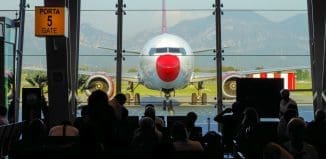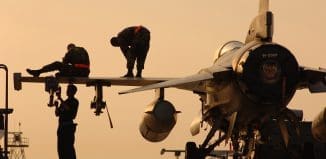Global Aviation is More Fragile than We Thought
This post is also available in:  עברית (Hebrew)
עברית (Hebrew)
 The Icelandic volcano eruption of 2010 forced most European airports to shut down for days, affecting more than 100,000 passengers. True, that was an unprecedented natural incident, but it still raised a major concern: How easy is it to shut down the global aviation system?
The Icelandic volcano eruption of 2010 forced most European airports to shut down for days, affecting more than 100,000 passengers. True, that was an unprecedented natural incident, but it still raised a major concern: How easy is it to shut down the global aviation system?
Researchers from the Swiss ETH Zurich studied the problem and reached surprising conclusions. According to them the global aviation network has two layers: The first includes large, central airports and is almost impossible to disrupt; the second layer, however, includes smaller, peripheral airports – and this second layer is very vulnerable. Without these smaller airports entire regions around the world become inaccessible.
The researchers compared the network of global airports to the internet: Nodes, representing airports, and the connections between them – every connection representing a direct flight between two airports. At first it looks like this network is very robust – the average “distance” between two airports is only 4 connections, and when one connection is lost there’s usually a way to use alternate connections to reach the destination.
iHLS – Israel Homeland Security
So where’s the problem? It turns out that a significant number of airports have too many connections to smaller, much more isolated airports. The researchers gave an airport in Tampa Bay, Florida, as an example. That airport has 24 links to 24 small airports, each link representing just one flight. This means that if the Tampa Bay airport shuts down all those smaller airports immediately shut down as well – and the regions they cover become inaccessible.
The study showed that the global network of airports has a central, robust layer surrounded by an extremely vulnerable peripheral layer. According to the researchers this situation arose due to the economic concerns of airlines: Their goal is to maximize profits while minimizing flight durations.
The solution? The research team recommended a way to minimize flight durations even more while significantly improving the robustness of the system: All airlines have to do is to form a direct link between every couple of airports. We’re not sure airlines will like this idea, and until things change readers who depend on isolated airports should prepare for emergencies.
Source: MIT Technology Review































